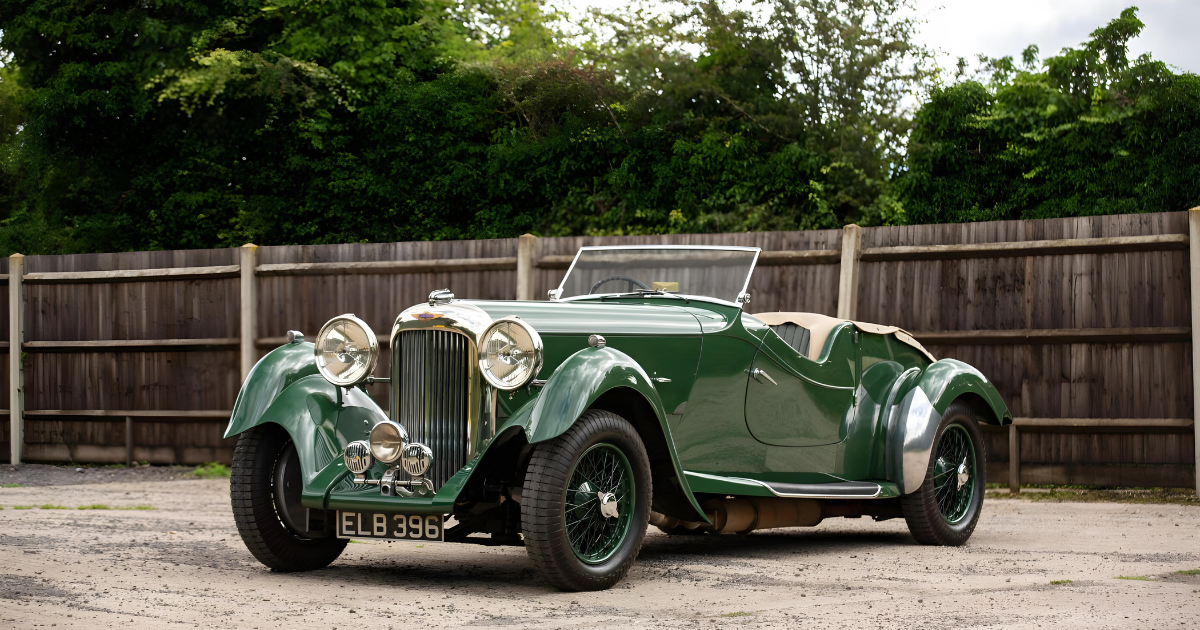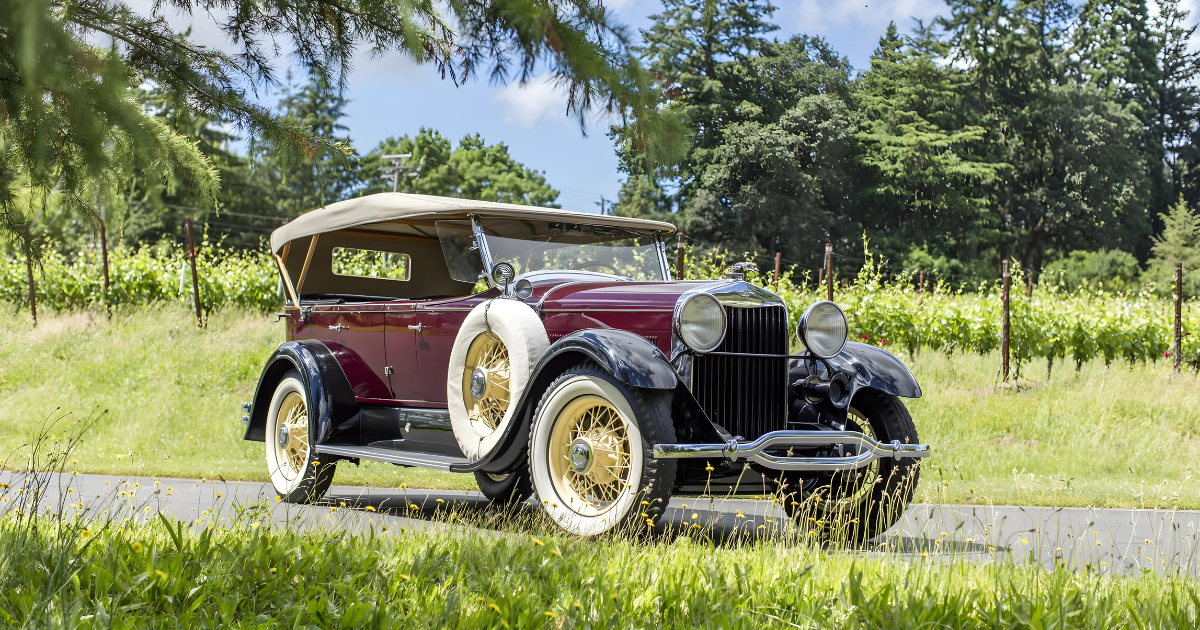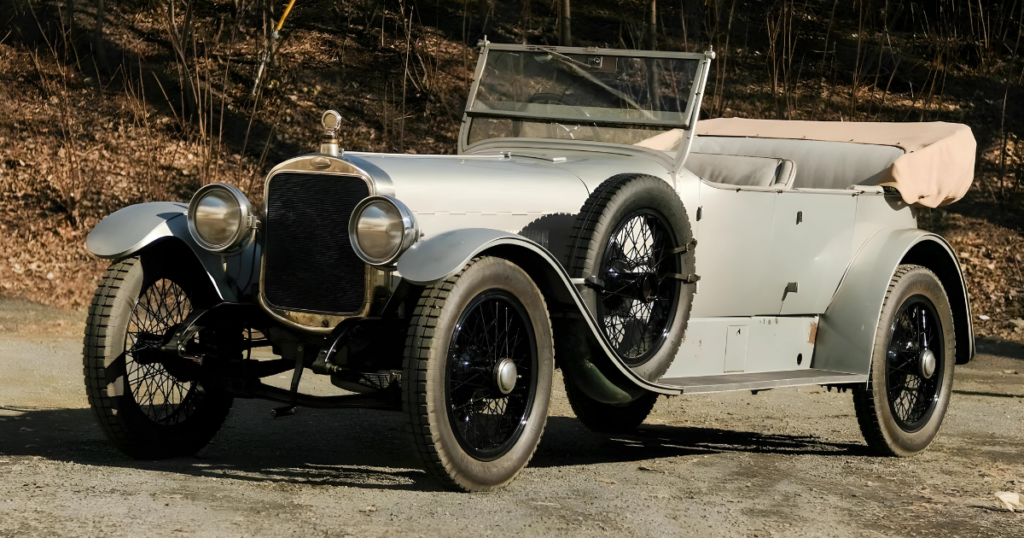
Founded by John Marston, a visionary Victorian industrialist with a keen interest in private transport, Sunbeam initially made a name for itself producing high-quality bicycles. Based in Wolverhampton, England, their factory quickly gained renown in the burgeoning Midlands motor industry alongside esteemed contemporaries like Lanchester, Wolseley, Austin, and Daimler.
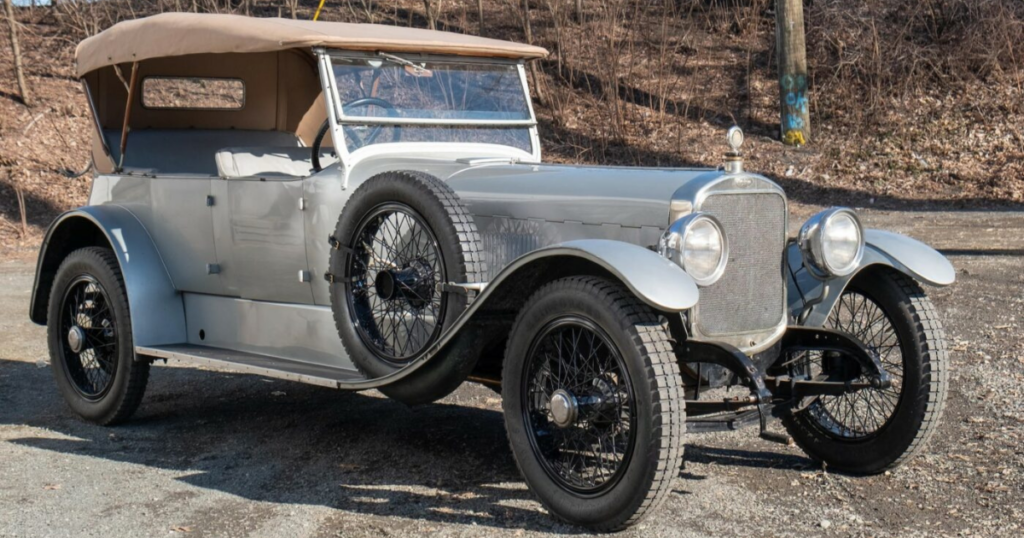
Sunbeam’s foray into the automotive realm began in 1902 with the introduction of their first car, the Sunbeam 10/12. Initially, this model was based on a French Berliet chassis. However, it wasn’t until 1907, two years after the formation of the Sunbeam Motor Car Company, that they unveiled their first all-British model, the 16/20. This marked a significant milestone in the company’s journey towards automotive excellence.
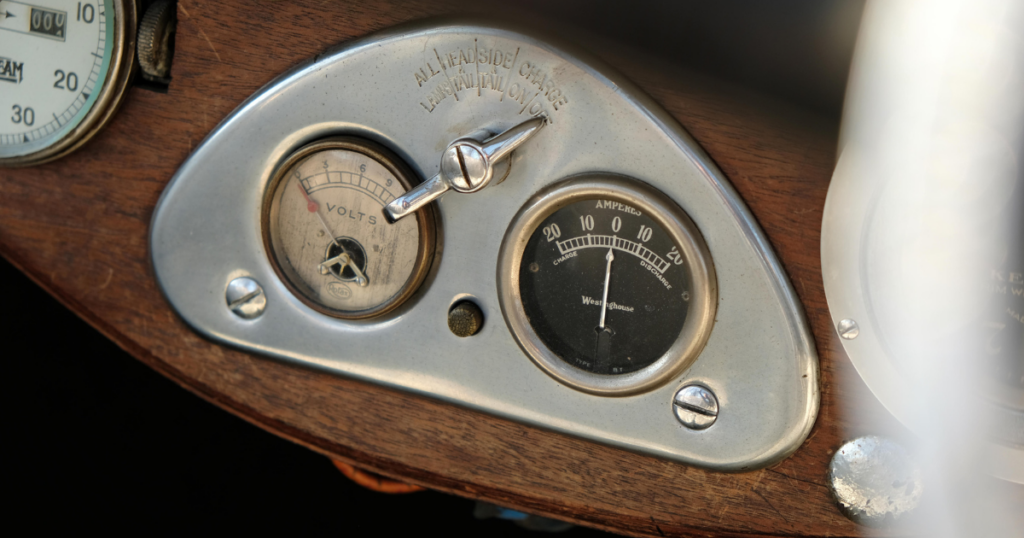
The arrival of designer Louis Coatalen in 1909 elevated Sunbeam’s status within the industry. Coatalen’s engineering prowess and visionary approach played a pivotal role in shaping the company’s trajectory. Under his guidance, Sunbeam began to focus more intently on motorsport, aiming to compete with established marques like Alvis and Bentley.
Before the outbreak of World War I, Coatalen’s Sunbeam cars achieved notable success on the racetrack, securing numerous victories at prestigious venues like Brooklands and setting speed records that captured the imagination of enthusiasts worldwide.

Following the war, Sunbeam continued to assert its dominance in motorsport, supplying cars to legendary drivers like Henry Segrave. Segrave made history in 1923 by winning the French Grand Prix in a Sunbeam, becoming the first British driver to achieve such a feat in a British car. Notably, Segrave’s car was equipped with a cutting-edge 3.0-liter twin-overhead camshaft racing engine designed by Vincent Bertarione, further showcasing Sunbeam’s commitment to innovation and performance.
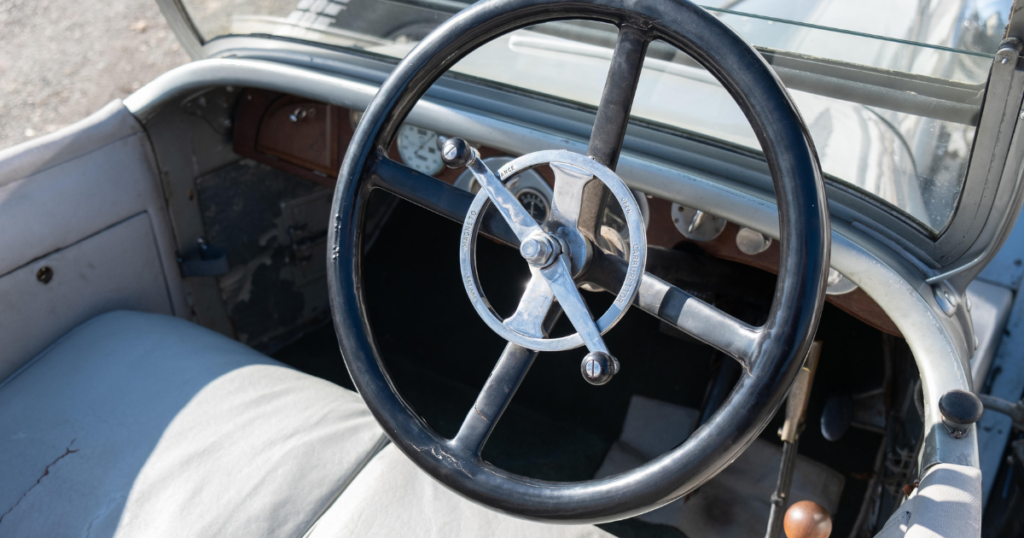
Segrave’s success behind the wheel of a Sunbeam continued in subsequent years, with two more Grand Prix victories in 1924 further solidifying the marque’s reputation on the international stage. In 1925, Sunbeam entered two 3.0-liter twin-cam Super Sports road models in the grueling Le Mans 24-Hour race, with one finishing an impressive 2nd—a testament to the durability and performance of Sunbeam’s road-going vehicles.
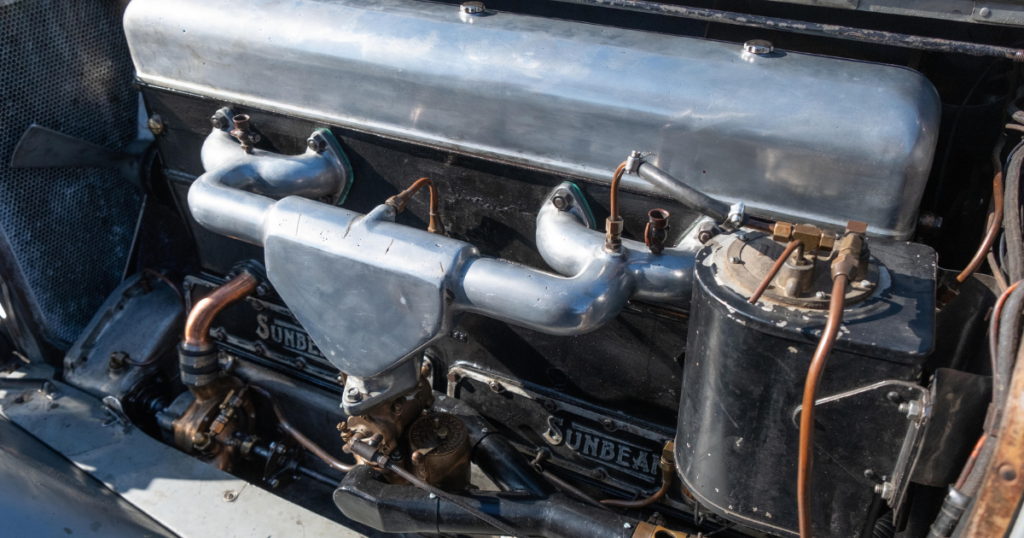
Building on their rich racing heritage, Sunbeam introduced the production model 24/60, which boasted a robust overhead-valve six-cylinder engine, potent Claudel carburetor, and advanced features like a four-speed in-unit gearbox and torque tube back axle. Combining luxury with thrilling performance, the 24/60 exemplified Sunbeam’s commitment to engineering excellence and innovation.
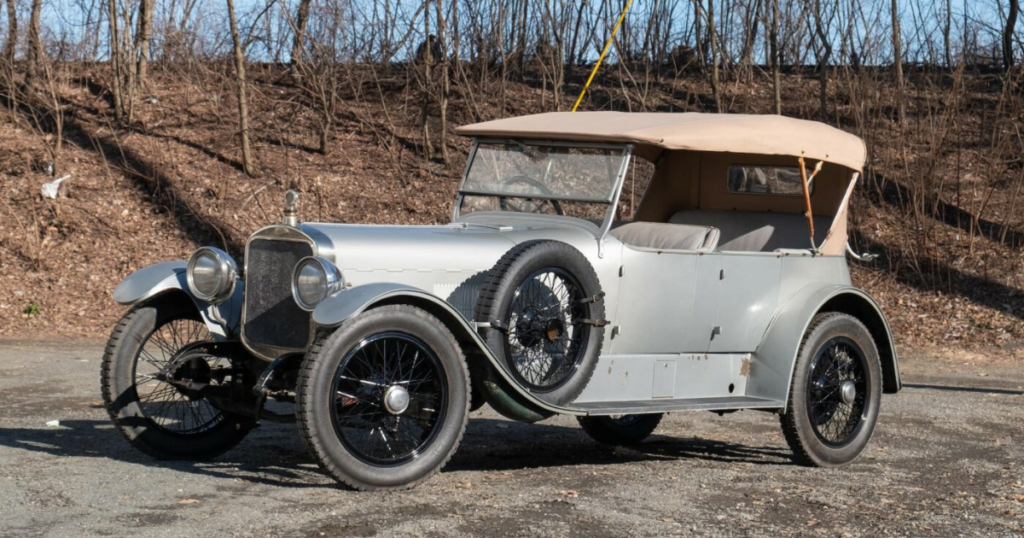
In summary, Sunbeam’s journey from bicycle manufacturer to automotive pioneer is a testament to the vision and determination of its founders and the ingenuity of its engineers. With a rich legacy of motorsport success and a reputation for producing high-performance vehicles, Sunbeam left an indelible mark on the history of the automotive industry.



